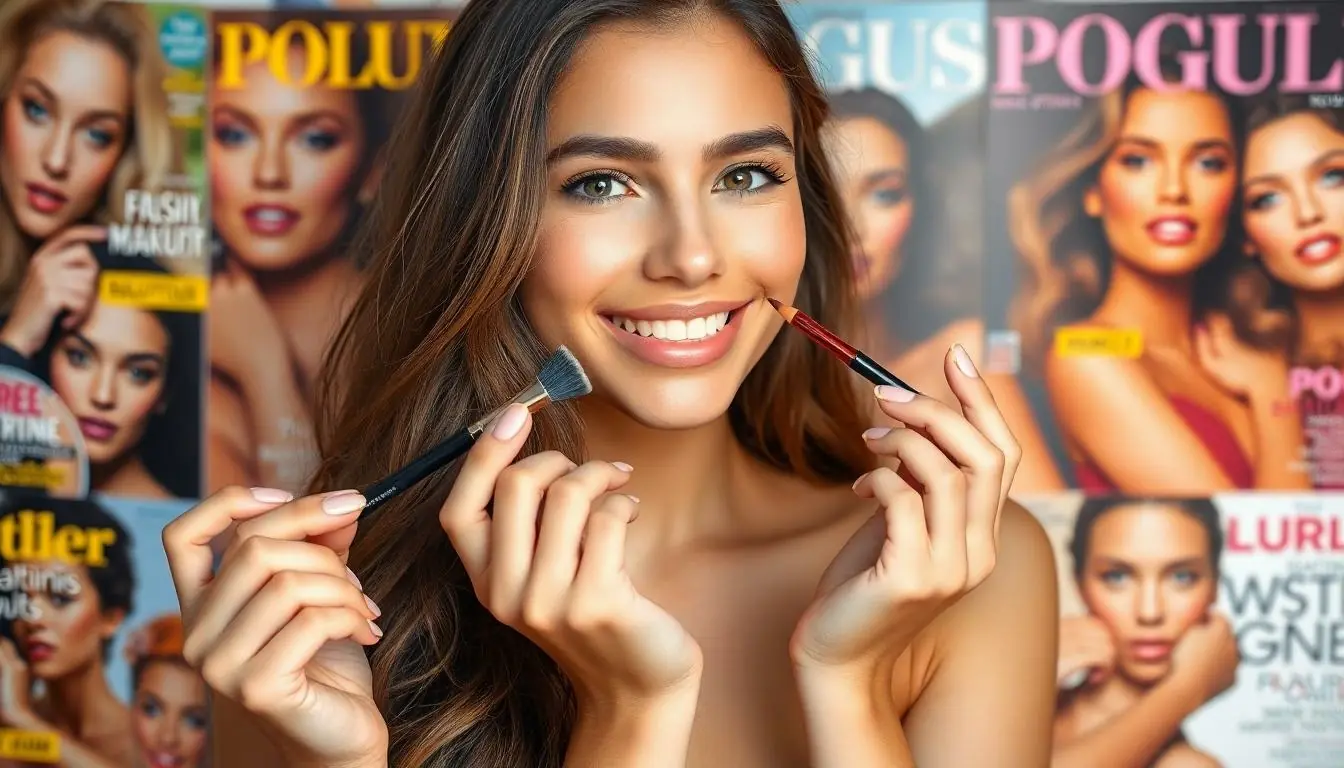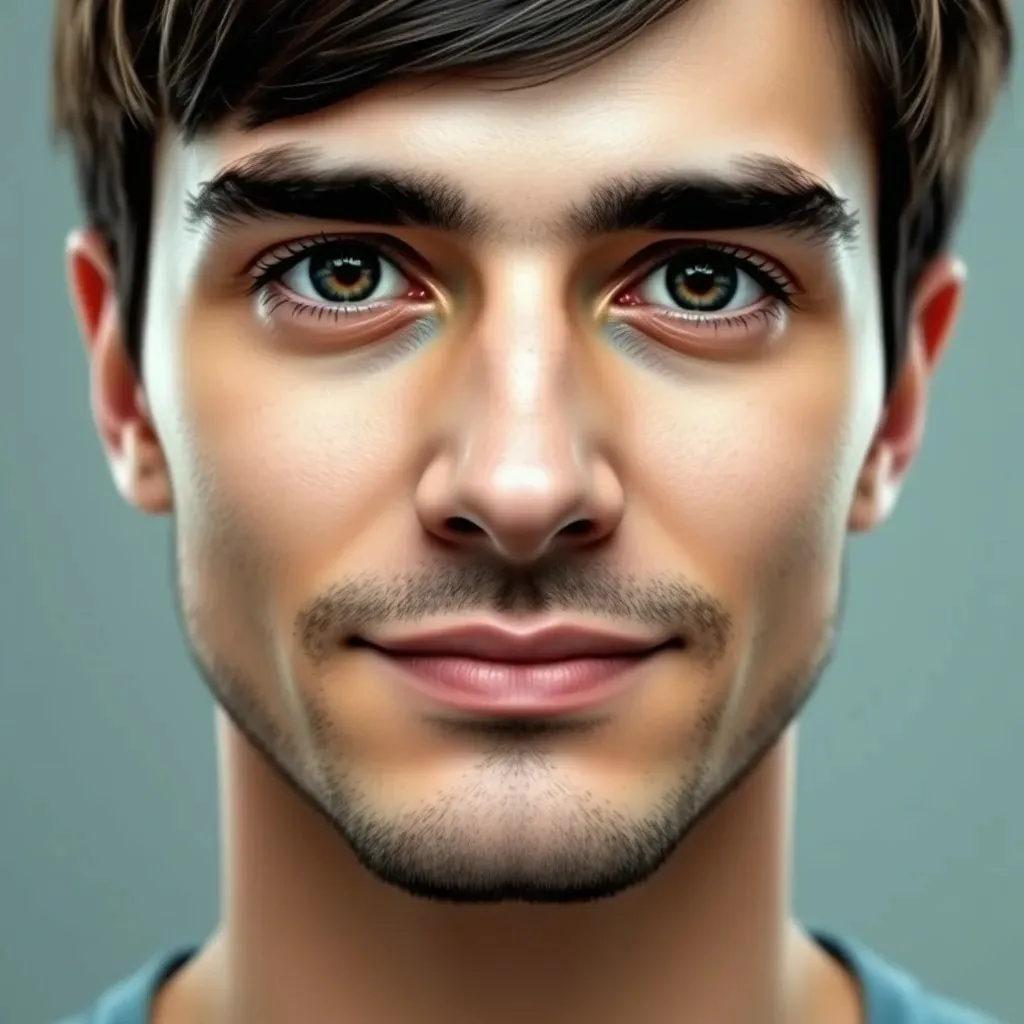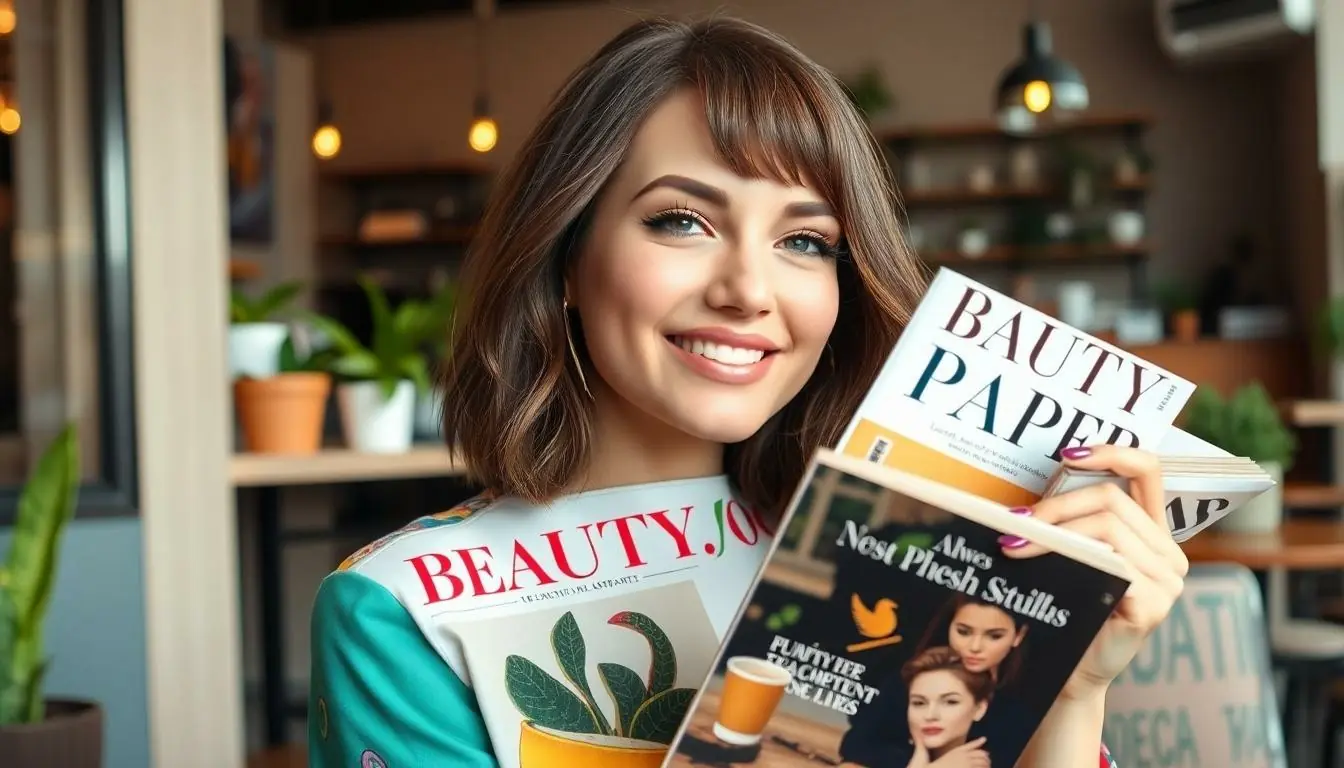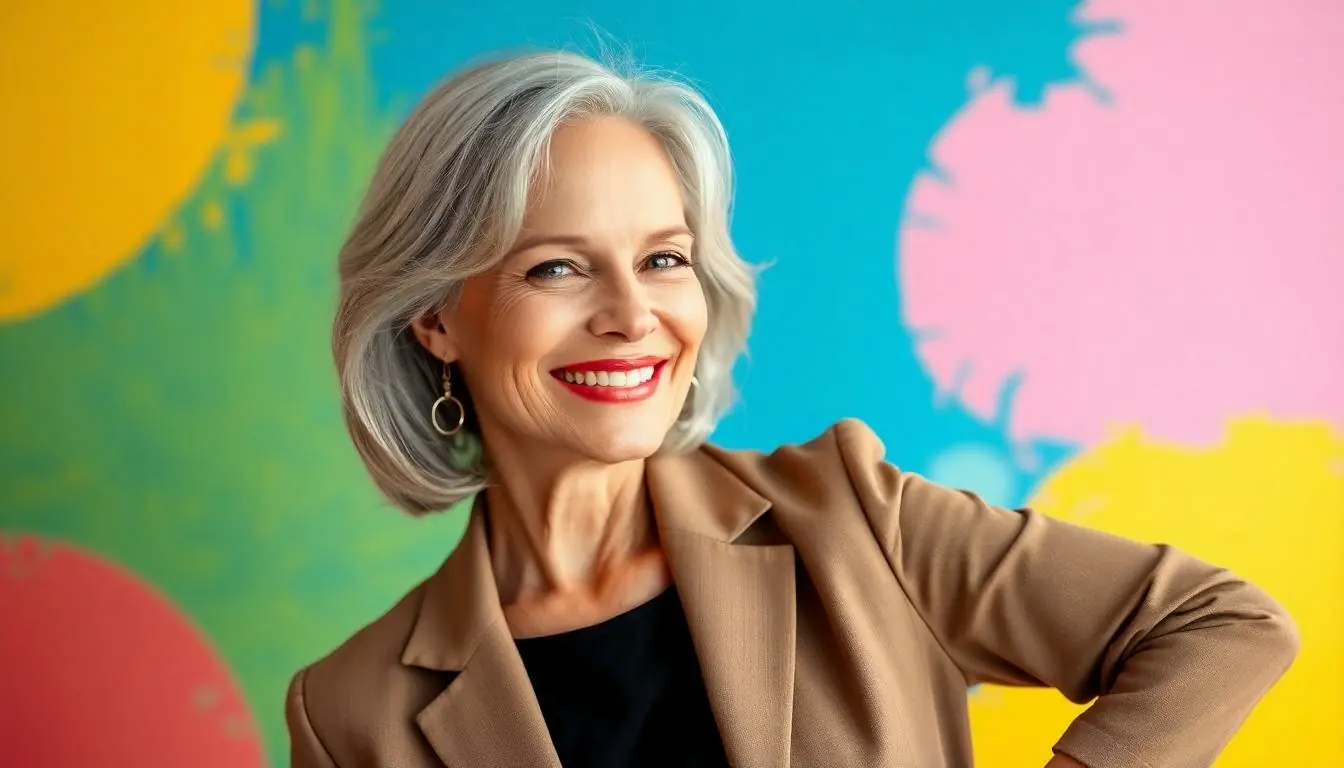Table of Contents
ToggleBeauty magazine ads are like a siren’s call, luring readers into a world where flawless skin and perfect hair seem just a product away. With dazzling visuals and catchy taglines, these ads promise transformation, making even the most skeptical consumer ponder if that miracle cream could really turn them into a runway model.
But behind the glossy pages lies a mix of artistry and marketing genius. These ads don’t just sell products; they sell dreams, aspirations, and sometimes a hefty dose of unrealistic expectations. As readers flip through the pages, they’re not just admiring beauty; they’re navigating a maze of trends and fads that promise to unlock their inner goddess. So, let’s dive into the captivating world of beauty magazine ads and uncover the tricks that keep us coming back for more.
Overview of Beauty Magazine Ads
Beauty magazine ads serve a crucial role in the marketing landscape. These advertisements combine visual appeal and strategic messaging to draw attention to beauty products. They promise consumers enhanced beauty, showcasing idealized images that suggest attainable ideals.
Artistic elements in these ads often include striking colors, aspirational lifestyles, and polished models. Readers encounter products through vibrant layouts that emphasize benefits like radiance or volume. Advertisers craft powerful narratives around these products, tapping into emotions and desires that resonate with the target audience.
Statistics reveal that beauty brands allocate significant portions of their budgets to advertising in print media. Research indicates that over 90% of beauty purchases are influenced by advertising, showcasing the impact of these magazine ads. Innovative campaigns frequently leverage celebrity endorsements to enhance credibility and desirability, creating aspirational figures that consumers want to emulate.
The financial commitment to these ads reflects the industry’s understanding of reader behavior. Many beauty brands strategically position their products alongside editorial content to create a seamless blend of information and advertisement. This tactic engages readers, encouraging them to view these advertisements as trusted recommendations rather than mere promotions.
Marketing techniques employed in beauty magazine ads include persuasive language and visual storytelling. They often utilize testimonials or before-and-after shots to validate claims. Moreover, these ads highlight exclusive offers and seasonal promotions that compel immediate consumer action.
Beauty magazine ads not only sell products; they create trends and set standards. By fostering a connection with their audience, advertisers cultivate a loyal customer base that aligns with their brand’s image and promise. Readers find themselves drawn into an enticing narrative where self-enhancement and personal expression converge.
The Impact of Beauty Magazine Ads on Consumer Behavior

Beauty magazine ads significantly shape consumer behavior by tapping into psychological and emotional triggers. These advertisements often convey messages that link beauty with success and self-worth.
Psychological Effects
Ads establish a connection between beauty ideals and personal identity. They often create feelings of inadequacy in consumers who struggle to meet these ideals. Studies show that over 70% of women feel pressured by beauty standards presented in media. This pressure leads consumers to invest in products that promise transformation and perfection. Emotional resonance plays a key role in how effectively ads influence purchasing decisions, drawing individuals into a cycle of desire and disappointment.
Influencing Trends
Beauty magazine ads play a pivotal role in shaping beauty trends worldwide. These ads set benchmarks for what is considered fashionable or desirable. Influences from celebrity endorsements drive consumers to adopt trends showcased in these publications. Nearly 80% of readers report being inspired by editorial content or advertisements when trying new products. As ads highlight specific looks or styles, consumers often feel inclined to mimic these trends, leading to rapid shifts in market demand and preferences.
Key Elements of Effective Beauty Magazine Ads
Effective beauty magazine ads leverage key elements to capture attention and drive consumer engagement. Visual aesthetics and powerful messaging play crucial roles in these advertisements.
Visual Appeal
Striking visuals dominate beauty magazine ads, drawing readers’ eyes to the page. High-quality images showcase products in a way that emphasizes their luxurious appeal. Bright colors and well-composed layouts create a visual harmony that enhances the overall attractiveness. Models, often representing diverse beauty ideals, embody the products’ promises of transformation. Such imagery inspires readers to aspire for similar results in their own lives. Due to this appealing presentation, nearly 80% of readers feel motivated to explore products featured in these ads.
Messaging and Copy
Compelling messaging communicates values and benefits succinctly in beauty ads. Taglines convey powerful messages that resonate with readers, while product descriptions highlight unique features and benefits. Persuasive language often employs emotional triggers, creating a connection between the product and consumers’ aspirations. Call-to-action phrases prompt immediate responses, encouraging quick purchases. Strategic positioning alongside relatable editorial content enhances believability, fostering trust. According to studies, around 90% of beauty purchases result from effective advertising messages, reinforcing the power of well-crafted copy.
Critiques of Beauty Magazine Ads
Beauty magazine ads have sparked widespread critique for their portrayal of beauty. These ads often present narrow definitions of attractiveness, primarily featuring young, thin, and predominantly white models. Such representations can influence readers’ self-image and perpetuate unrealistic beauty standards. Statistics indicate over 70% of women feel pressured by media-driven ideals. Harmful stereotypes emerge when these ads ignore diverse body shapes, skin tones, and age groups.
Representations of Beauty
Representations of beauty in ads often lack diversity, affecting societal norms. Many beauty advertisements emphasize perfection through airbrushing and digital enhancements, creating unattainable standards. Various studies reveal over 90% of women recognize the manipulation in these ads, yet the impact remains significant. Readers frequently internalize these ideals, leading to body dissatisfaction and distorted perceptions of beauty. Authentic representations showcasing different body types and ages can foster better self-acceptance.
Ethical Considerations
Ethical considerations surrounding beauty magazine ads continue to generate debate. Companies promoting misleading images risk damaging consumer trust. Accountability becomes crucial, as many ads capitalize on insecurities to drive sales. Research shows 60% of consumers demand transparency in marketing practices. Ethical advertising encourages truthful portrayals, resonating with a growing audience aware of representation issues. Brands leveraging inclusivity not only enhance credibility but also align with evolving consumer values.
Beauty magazine ads wield significant influence in shaping consumer perceptions and behaviors. They not only promote products but also craft an idealized image of beauty that can lead to unrealistic expectations. As the industry evolves, there’s a growing demand for authenticity and inclusivity in these advertisements.
Brands that prioritize diverse representations and truthful portrayals stand to gain consumer trust and loyalty. By embracing a broader definition of beauty, they can foster a healthier dialogue around self-image and self-worth. The future of beauty advertising lies in its ability to reflect the diverse world we live in while empowering individuals to embrace their unique beauty.







